Dual Ec(h)o of Rome: Masked Spectacle
Venetian Carnival Let’s take a little break from food talk and dive into something that’s buzzing across Italy right now! Not just in Rome, but in almost every city, there’s an atmosphere of celebration. Two years ago, I had the chance to visit the most famous and spectacular carnival in Venice—the very place where this tradition began. The Venetian Carnival

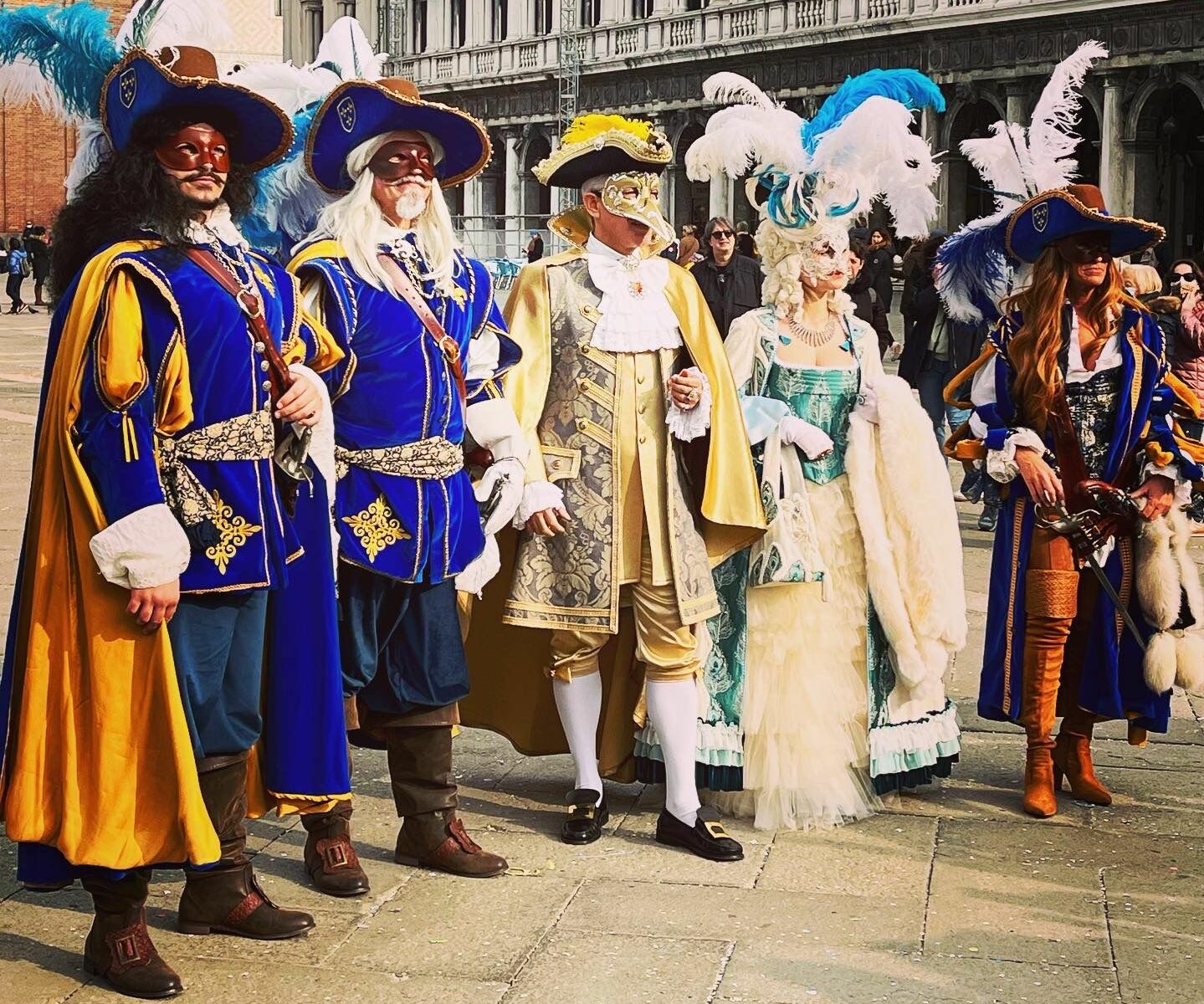

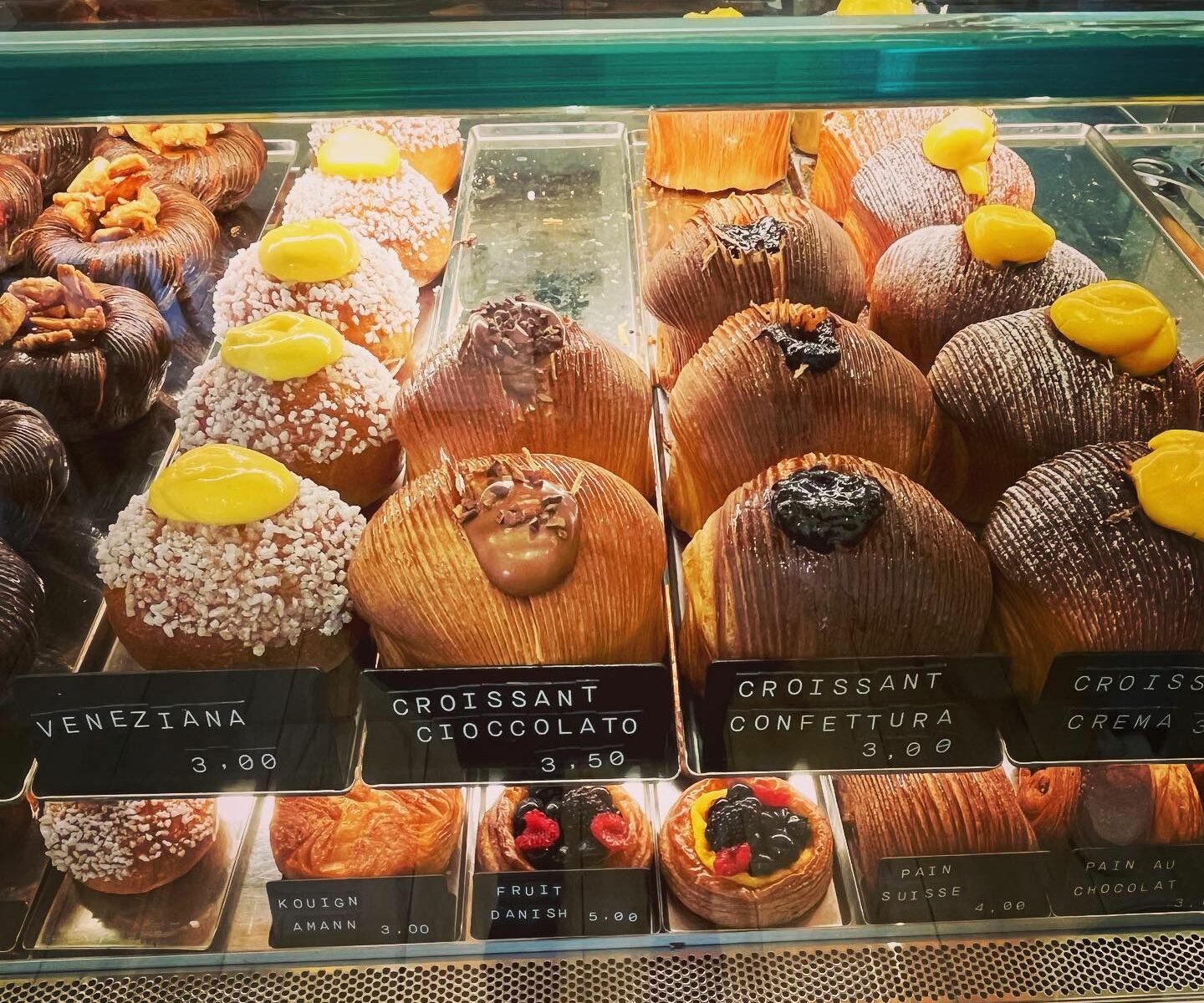
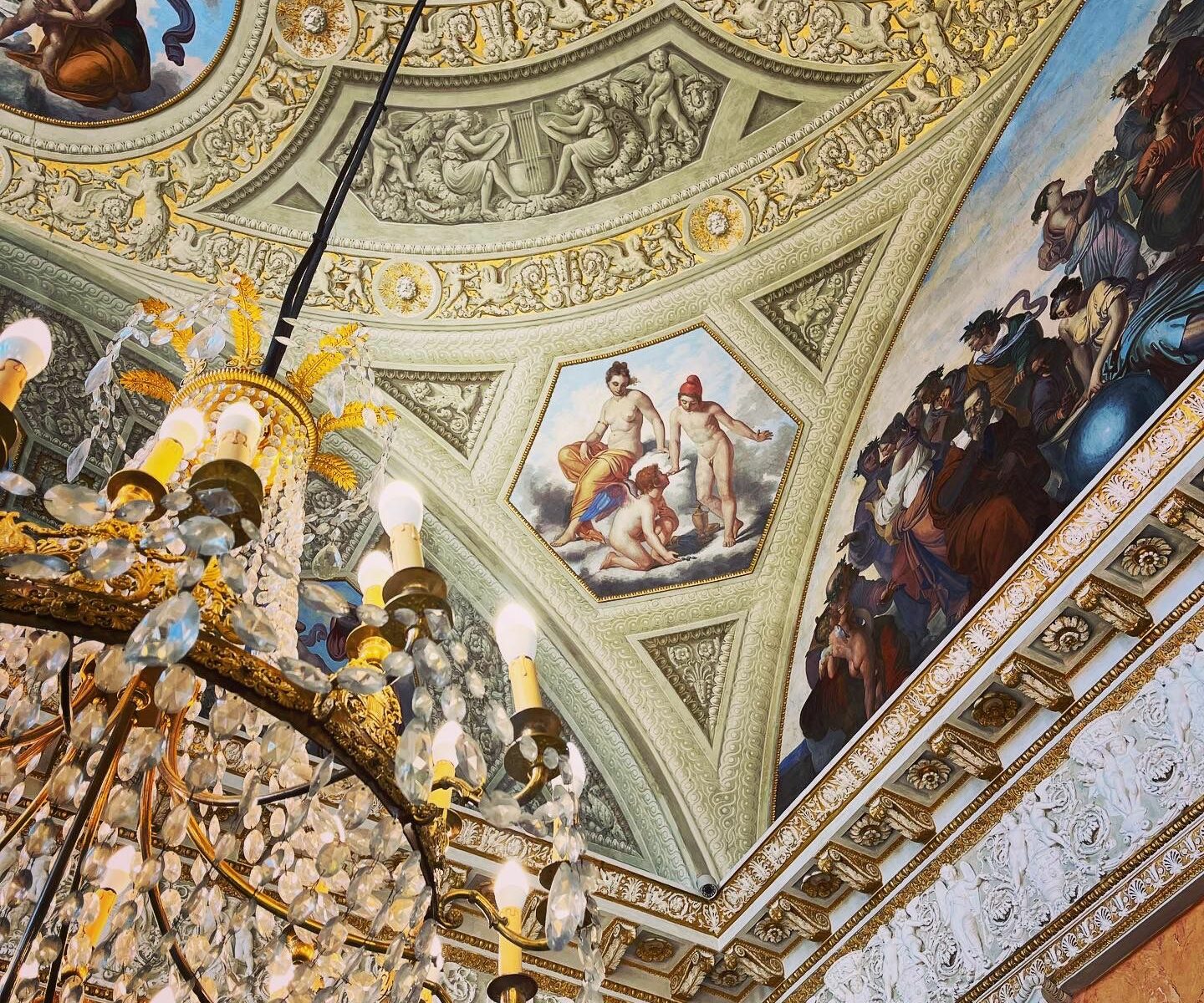
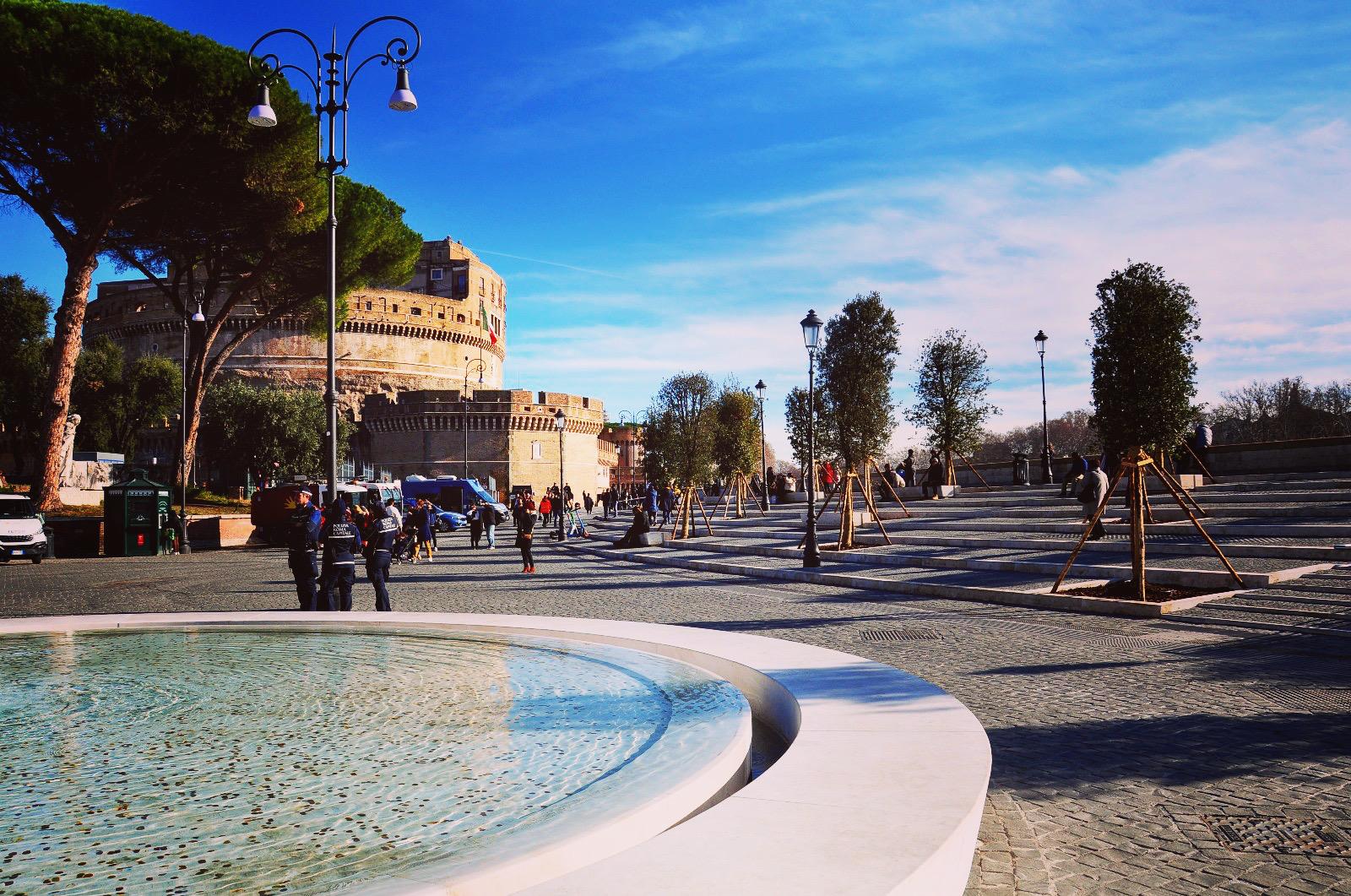
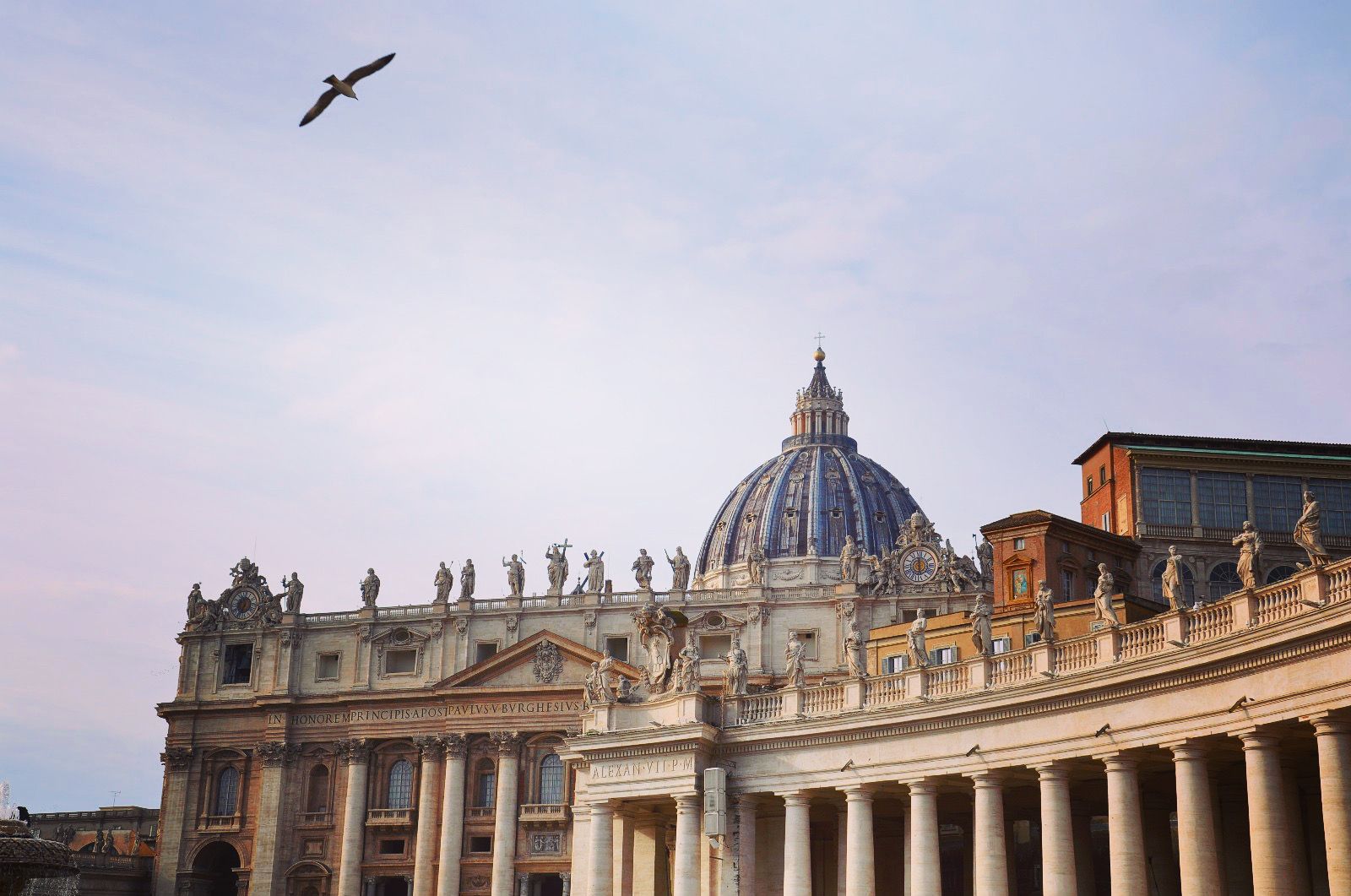
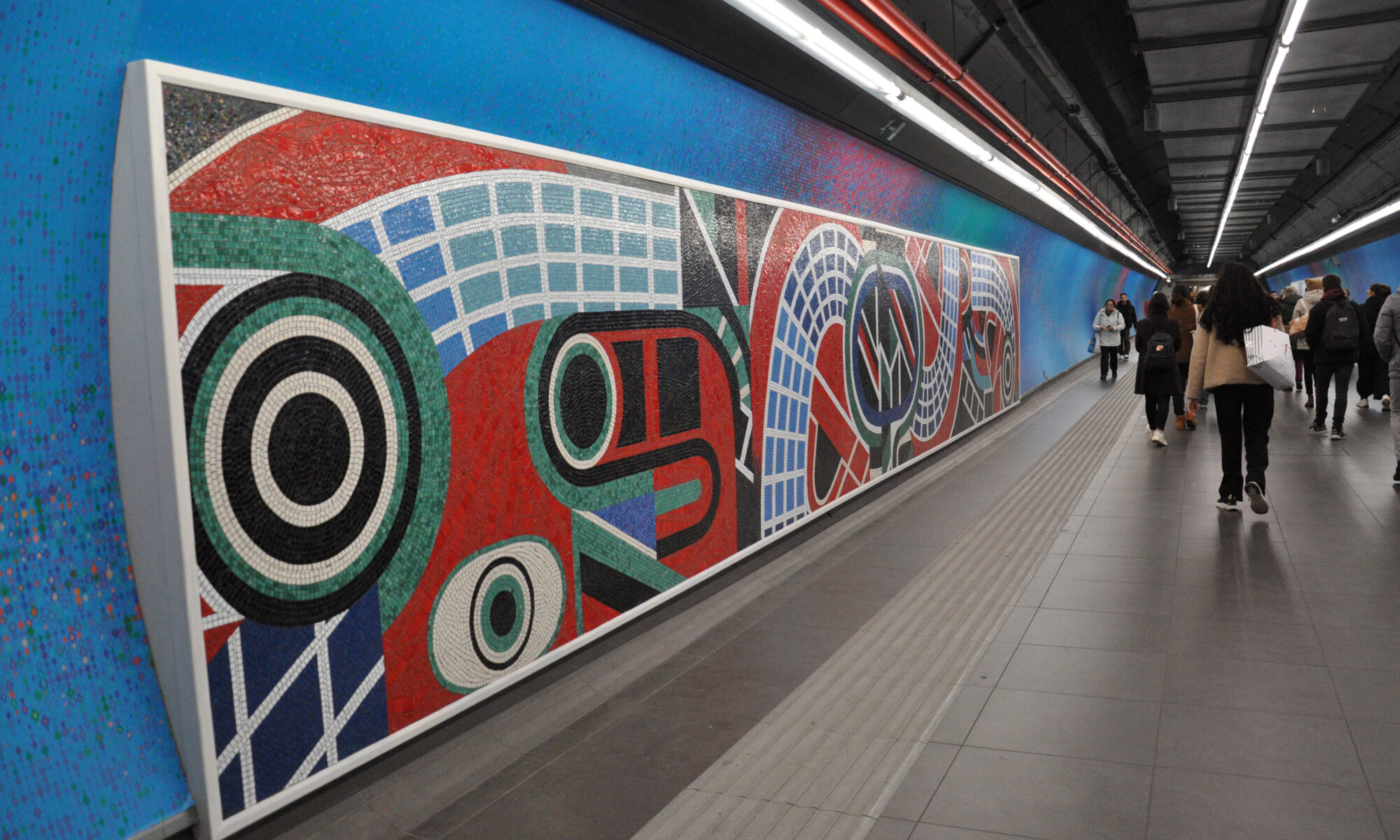
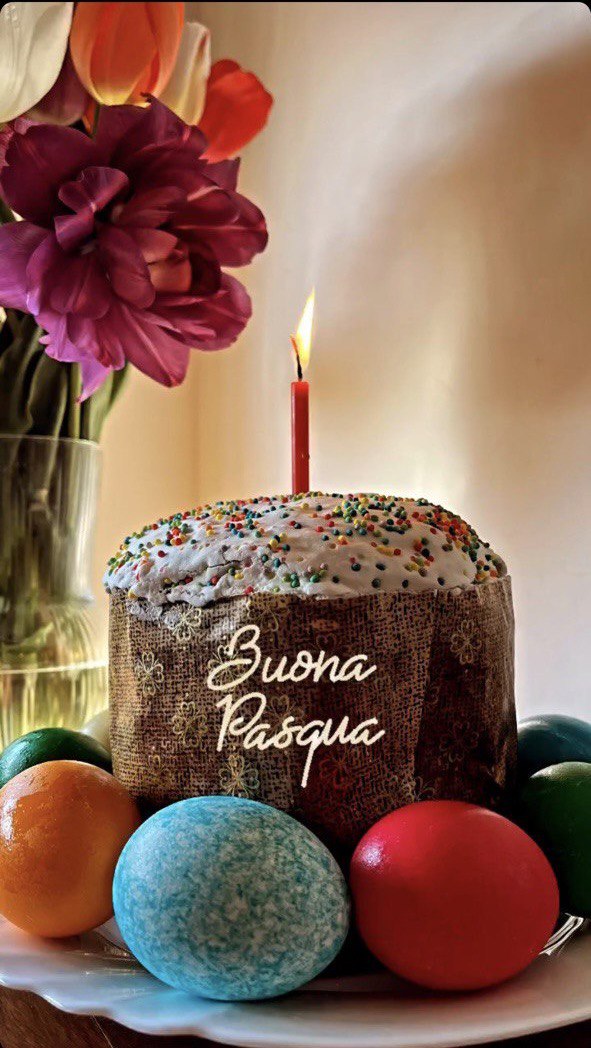
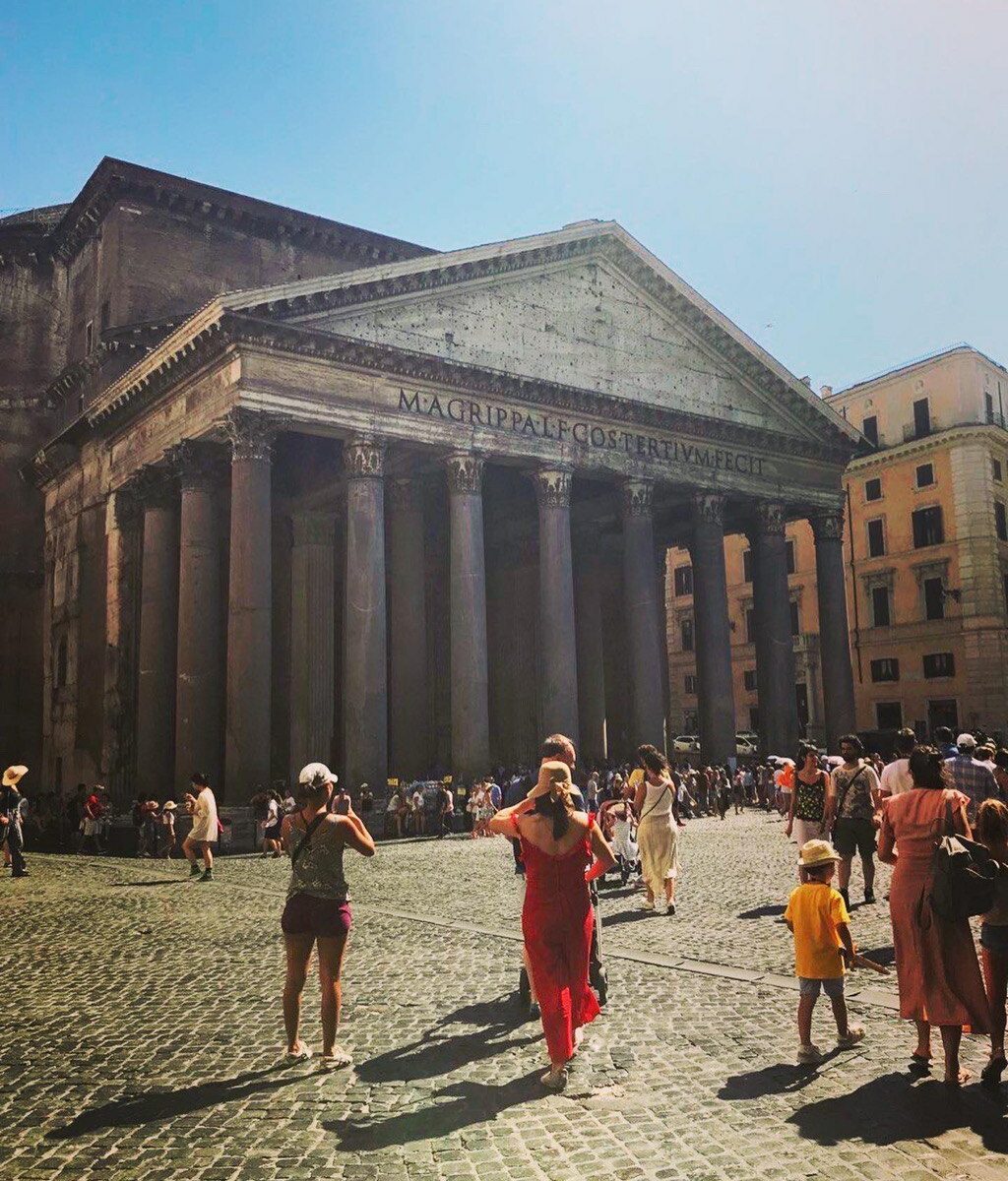
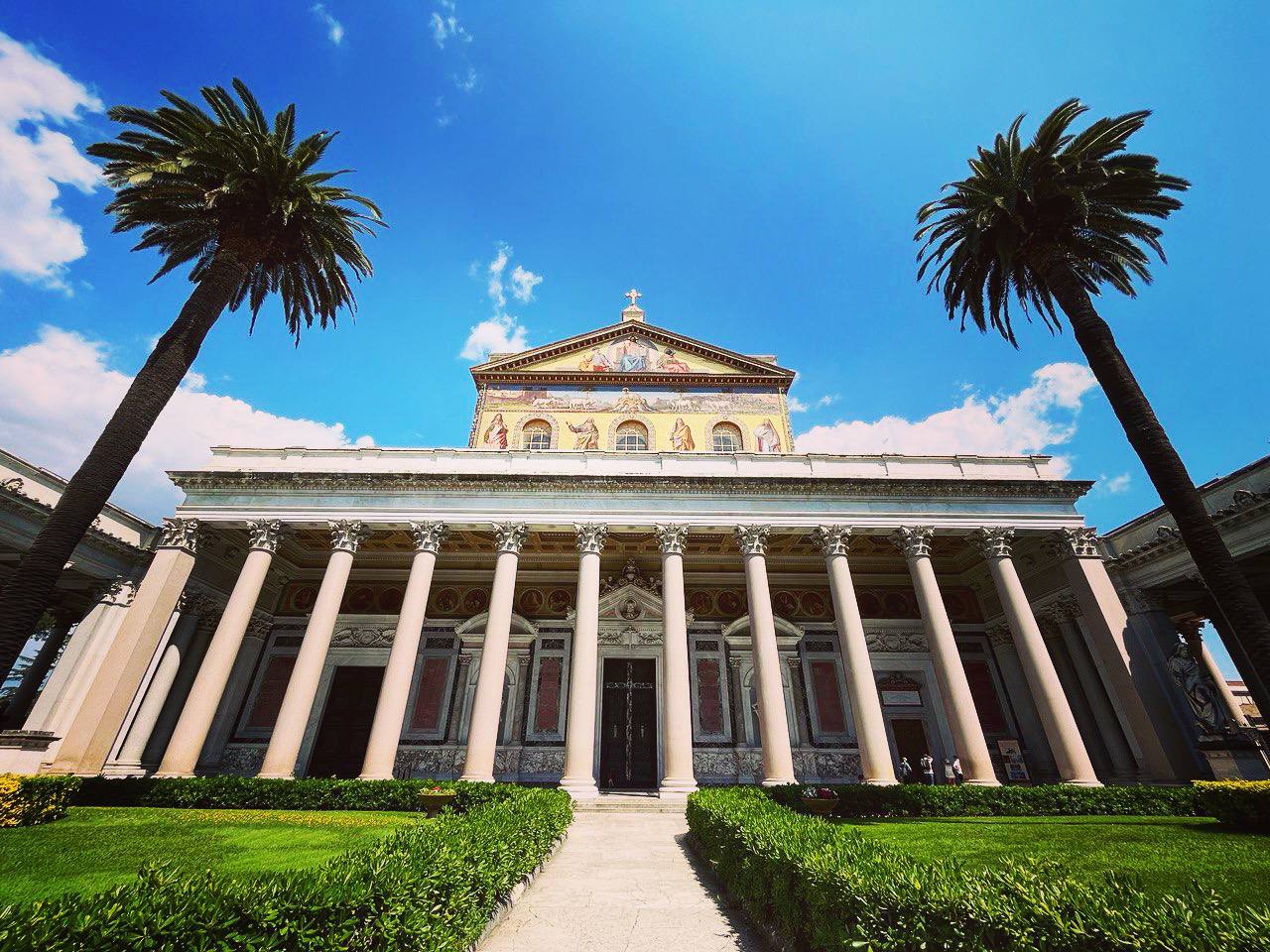
Recent Comments